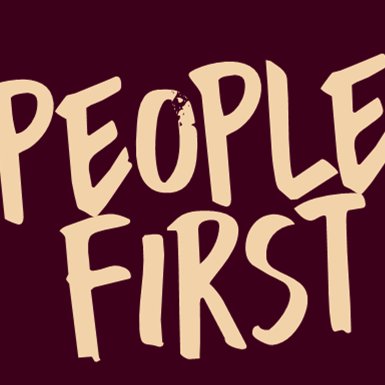Good Brands Make a Move, but Great Brands Plan for the Response
A race car driver can go incredibly fast and still crash if they only focus on what is directly ahead.
2 min read
 Bovitz
Jun 11, 2022 8:41:00 PM
Bovitz
Jun 11, 2022 8:41:00 PM

The people at ESPN know what we’re talking about. And it feels like a breath of fresh air.
We recently discovered this in an article in ESPN The Magazine about the non-traditional mindset of Cleveland Indians relief pitcher Andrew Miller. The details of the article aren’t important (or really even comprehendible unless you’re a well-versed baseball fan); you can still see why its message resonated with us without knowing the context.
In short, the article’s message is about a baseball stat—the save—that has become a weed in the game. It started out harmless, but has since become overgrown, unhelpful, and even damaging to the game’s players—the very people it was intended to help.
In short, the article might as well be about NPS. At least that’s how researchers like us see it.
See what we mean. The last two paragraphs of the article say it all:
“If you want to blame somebody for the save, start with the stathead. Or don’t blame anybody. Roth and Holtzman just wanted to tell a story.
The save, like WAR, was born of good intentions; it answered a question that wasn’t being answered before, and it did it in a way that added value to our understanding of the game. And then, when it got loose, it took on a life of its own. It hardened into something that stopped growing. It ceased to inform and began to demand. It helped drive innovation, and then, as it grew into maturity, it became stubborn and resisted innovation. The save made it too easy for too many people to stop looking. If the save teaches us anything about the stories we choose to tell, it’s how important it is to keep sight of what gets left out.”
Now, substitute “NPS” for the save:
“If you want to blame somebody for NPS, start with the stathead. Or don’t blame anybody. They [Reichheld and the folks at Bain who created NPS] just wanted to tell a story.
NPS was born of good intentions; it answered a question that wasn’t being answered before, and it did it in a way that added value to our understanding of business. And then, when it got loose, it took on a life of its own. It hardened into something that stopped growing. It ceased to inform and began to demand. It helped drive innovation, and then, as it grew into maturity, it became stubborn and resisted innovation. NPS made it too easy for too many people to stop looking. If NPS teaches us anything about the stories we choose to tell, it’s how important it is to keep sight of what gets left out.”
This is exactly what we’ve been talking about for a while now. So many brands put too much emphasis on a single data point that can only say so much. They’re losing sight of the rest of the story. They’re losing sight of the people in the story.
As a company, we’ve outgrown the meaningfulness of this statistic, and yet, some of our clients are still clinging to it like a life preserver. We know how to swim; we know how to throw ourselves into the messy unknown of people’s real lives and still stay afloat. So, why can’t we all just let go and do it?
We’re partners; we’re not going to let you drown.

A race car driver can go incredibly fast and still crash if they only focus on what is directly ahead.

Tracking studies are among the most valuable tools a business can have, but the word “tracking” undersells their potential.